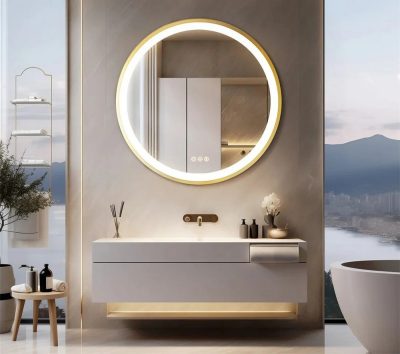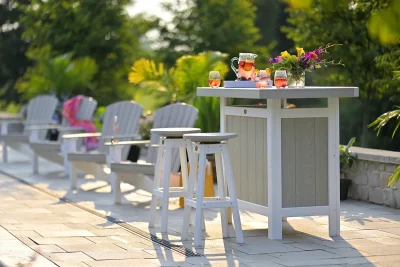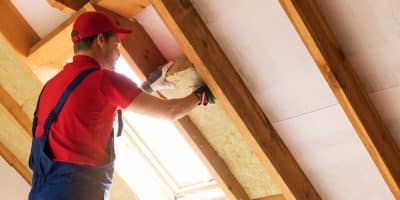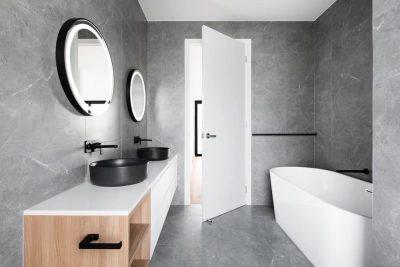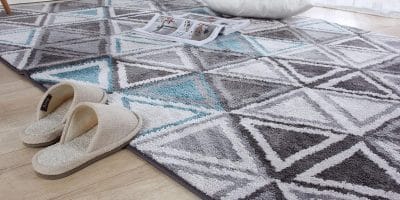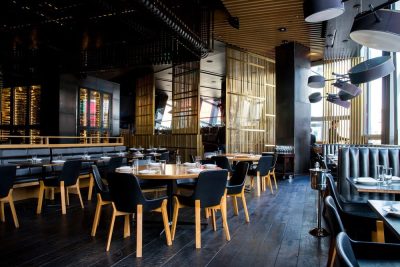Interior design isn’t just about visual appeal. Today, homeowners and designers alike are placing increasing value on the functionality behind the aesthetics. One essential yet often overlooked element in modern interior spaces is plumbing. With innovations in materials, technology, and installation methods, plumbing systems are now an integral part of design planning, contributing to both the comfort and long-term value of a home.
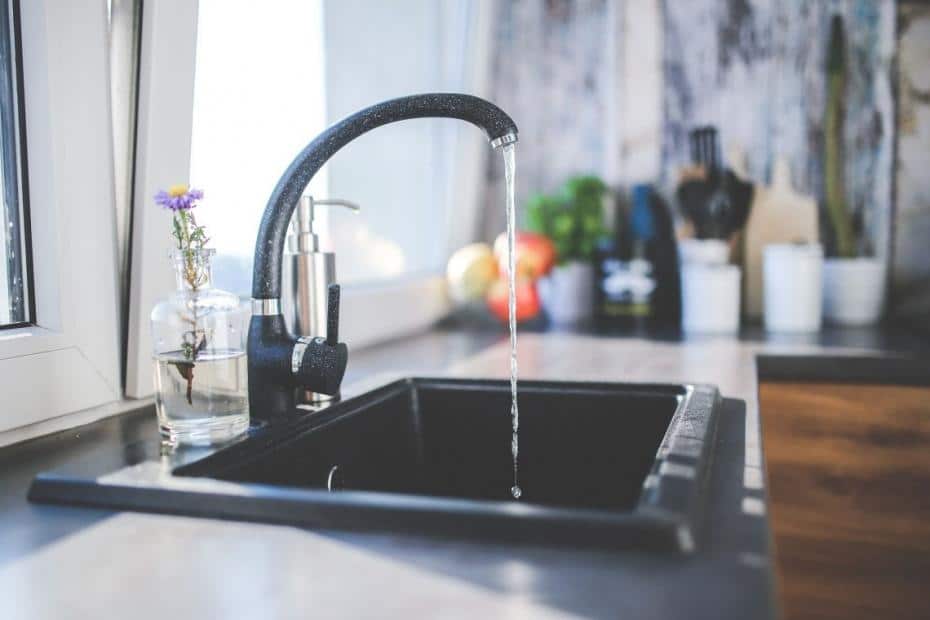
The Hidden Beauty of Efficient Plumbing
A well-designed space functions seamlessly. Plumbing solutions now allow for minimalist bathrooms, open-concept kitchens, and spa-like environments where water flows are controlled with precision and sustainability in mind. Wall-mounted toilets, tankless water heaters, and concealed pipe systems are just a few examples of how modern plumbing supports streamlined interiors.
For designers, working with plumbing professionals early in the planning process enables greater flexibility in layout and design choices. This synergy ensures that features like floating vanities, custom showers, and underfloor heating are both beautiful and practical.
Additionally, thoughtful plumbing design enhances day-to-day comfort. Heated towel racks, thermostatic shower systems, and pressure-balanced valves make the experience of using water at home safer and more pleasant, especially for families with children or elderly residents. These features also contribute to a sense of wellness and spa-like luxury that’s increasingly valued in residential design.
Well-integrated plumbing can also influence the spatial efficiency of a home. By concealing systems within walls, floors, and cabinetry, designers gain more freedom to create clean lines and visually open spaces—qualities that define many modern interiors. Efficient layouts also reduce water waste and energy consumption by shortening the distance between fixtures and water sources.
Smart Water Systems for Modern Living
As smart home technology becomes standard, plumbing is evolving too. Leak detection sensors, Wi-Fi-enabled sump pumps, and automated shut-off valves enhance both safety and convenience. Integrating these features into the home not only prevents costly damage but also aligns with the growing demand for connected, intelligent spaces.
Furthermore, sustainable water use is a major trend. Water filtration systems, low-flow fixtures, and greywater recycling units are not only environmentally responsible but also increasingly expected by homeowners seeking long-term efficiency.
Smart plumbing systems can be managed remotely, provide real-time water usage data, and integrate with broader home automation platforms. These capabilities help prevent emergencies, reduce waste, and support eco-conscious lifestyles, making them ideal additions to modern interiors.
Plumbing manufacturers are continuously innovating in this space. Systems now include mobile apps that alert homeowners to unusual water patterns or pending maintenance needs. Some models even allow for programmable showers or baths, offering personalized settings for water temperature, pressure, and duration.
In climates prone to freezing, automated pipe-warming systems and smart shut-offs can protect plumbing and ensure uninterrupted water access year-round. When combined with solar water heating and energy-efficient appliances, these advancements represent a holistic shift toward intelligent, sustainable living.
The Importance of Expert Installation
Even the best-designed plumbing systems require expert handling to perform reliably. Partnering with experienced technicians is essential, especially when integrating plumbing into sophisticated interiors. Whether it’s installing radiant floor heating, managing complex drain layouts, or coordinating with gas lines, skilled professionals ensure that every component supports the overall design intent.
For comprehensive plumbing solutions tailored to modern homes, it’s worth working with specialists such as those found on this trusted resource, who understand how to blend form and function seamlessly.
Reliable installation isn’t just about compliance and performance—it’s also about longevity. Expertly installed systems require less maintenance, are less likely to fail, and ensure that every aspect of the design functions exactly as envisioned for years to come.
In new construction projects, plumbing professionals collaborate with architects and builders to plan efficient systems that meet building codes while supporting high-end finishes and smart tech integrations. During renovations, they assess existing conditions, make necessary upgrades, and ensure new features can be added with minimal disruption.
Choosing the right contractor is just as important as selecting the right fixtures. Experienced plumbers are also well-versed in coordinating with other trades, helping avoid conflicts during installation and reducing the likelihood of delays or costly rework.
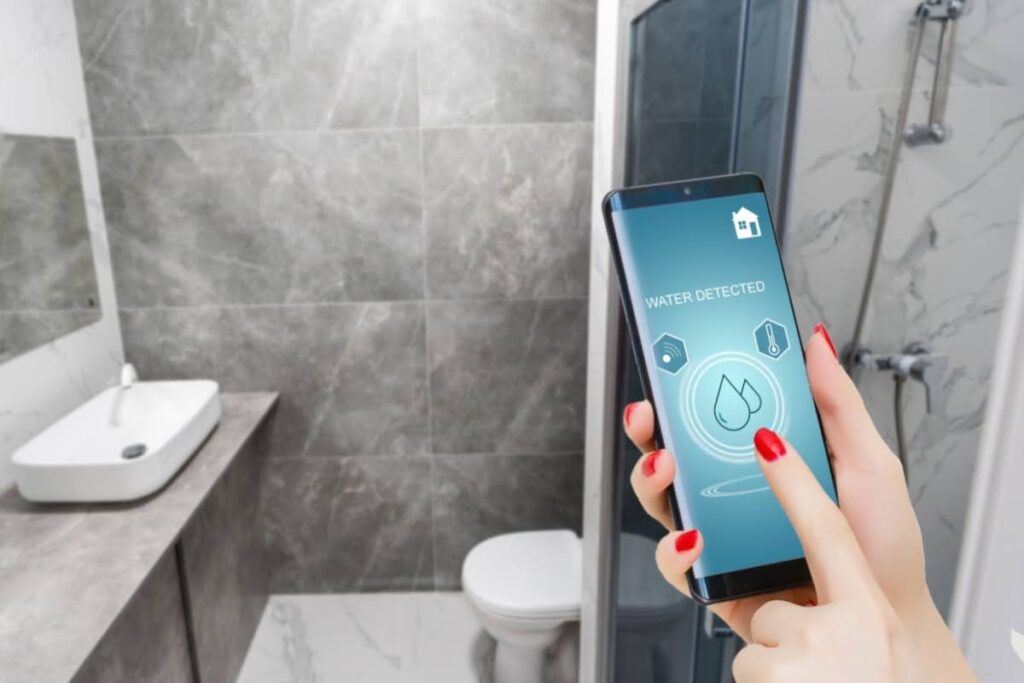
Plumbing’s Role in Enhancing Property Value
While not always visible, plumbing systems significantly influence a home’s resale value. Prospective buyers increasingly inquire about water efficiency, system age, and smart plumbing integrations. A home with updated and efficient plumbing signals long-term reliability and cost savings, making it more attractive in a competitive market.
High-end buyers also expect features like digital shower controls, heated floors, water purification systems, and bidet-style toilets—all of which rely on solid plumbing infrastructure. These luxury features can serve as differentiators that elevate a property above others in the same price range.
Furthermore, homes equipped with plumbing that supports future scalability, like additional bathrooms, outdoor kitchens, or accessory dwelling units, are positioned for greater long-term value. Smart investments in infrastructure today open doors for more versatile living tomorrow.
Energy and water-efficient certifications can also enhance a property’s desirability. Homes that meet standards like LEED or ENERGY STAR often feature advanced plumbing systems, boosting their environmental credentials and marketability.
The Designer–Plumber Collaboration
To achieve seamless integration of plumbing systems within modern interiors, early collaboration between designers and plumbing professionals is essential. When plumbing is considered from the outset, it opens up design opportunities that would otherwise be limited by technical constraints.
Designers may envision a sculptural freestanding tub or an oversized walk-in shower, but without the right infrastructure, these elements could compromise performance or aesthetics. By working together, the team can plan pipe routes, drainage, and venting in a way that preserves the intended visual impact.
This collaborative approach helps prevent costly changes during construction. It also ensures that technical elements like access panels, shut-off valves, and ventilation are subtly incorporated without disrupting the room’s appearance.
Clients benefit from smoother project timelines, optimized functionality, and fewer compromises between form and function. As a result, homes reflect a cohesive vision that goes beyond surfaces to deliver true comfort, usability, and style.
Final Thoughts
Plumbing is no longer an afterthought in design—it’s a core component of creating homes that are beautiful, comfortable, and future-ready. By considering water systems from the outset of any design project, homeowners and professionals alike can achieve spaces that truly work as well as they look.
From sleek aesthetics and smart controls to sustainability and precision engineering, modern plumbing adds real value to interiors. With the right planning and expert support, it becomes an invisible ally in bringing elegant, efficient, and enduring living environments to life.
Incorporating intelligent plumbing into your home not only enhances daily routines but also contributes to broader goals, like reducing resource consumption, lowering utility bills, and improving long-term livability. As design continues to evolve, plumbing stands out as one of the most impactful tools for creating homes that support modern lifestyles in every way.

